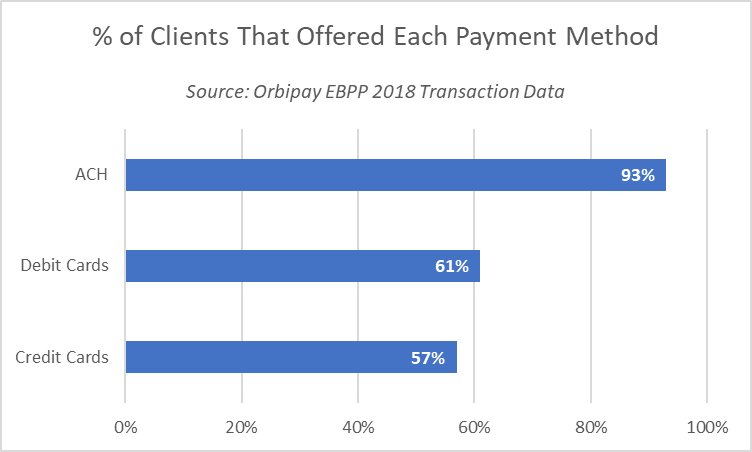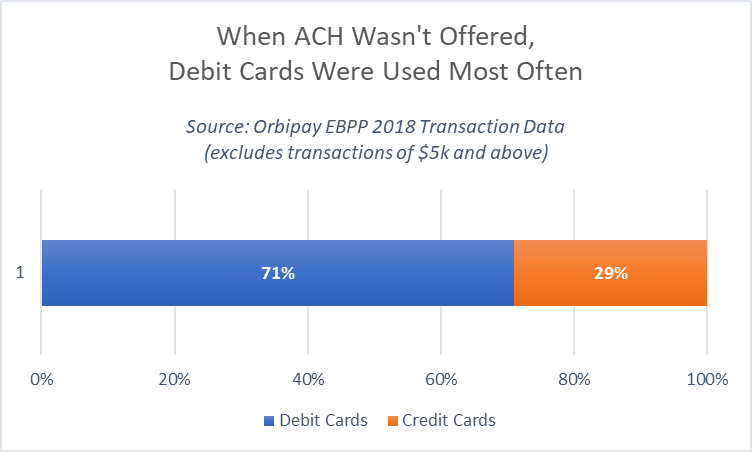When it comes to shopping, consumers have more power and choices than ever before. Advanced technologies and an avalanche of data powering hyper-customized buying experiences have empowered consumers so that they now can buy anything they want, from anywhere, at any time, and at the lowest possible price. To top it off, consumers now expect seamless, multichannel experiences, simple payment processes, fast delivery, easy returns, and intelligence around buying and payment preferences for future purchasing.
What does this mean for electronic bill presentment and payment?
Increased availability of technology and data, as well as increasing consumer choices, are at play in the EBPP arena too. Consumers want secure payments that are easy-to-make, with personalized user experiences that offer a wide variety of payment options and choices.
Most companies do a pretty good job of providing their customers with EBPP basics. But to position your organization at the forefront of the hyper-customization craze and enhance the customer experience, here are some things you should be thinking about relative to your EBPP offering:
- Besides traditional cash, check, ACH, and card payments, consider a broad palette of payment options, such as eWallets like Apple Pay, PayPal, Venmo, and Zelle; Real-Time Payments (RTP®), direct bank debit, and push-payments like Visa Direct and Mastercard® Bill Pay Exchange.
- Contemplate taking advantage of technology innovation to increase the payment channels your customers can use, including online portals, email, chat, text and mobile apps, as well as click & collect where consumers initiate payments online and actually make their payments at physical brick-and-mortar locations or self-service kiosks.
- Look at offering account updater services to automatically receive cardholder data updates from issuers when cards are expired or replaced, removing your customers from an irritatingly needless interaction.
- Consider adding personalized data into the payments process to deliver more relevant and secure payment information such as loan amount, current loan balance, current payment amount, number of remaining payments, installment payment plans, and more.
The Bottom Line: Hyper-customization is the next wave in EBPP customer engagement, providing organizations who embrace it the opportunity to soar. By offering feature-rich, frictionless, and hyper-customized experiences to facilitate payments using any acceptance option, through any channel, at any time, you will boost customer loyalty and retention, streamline operations, and accelerate cash flow.





















